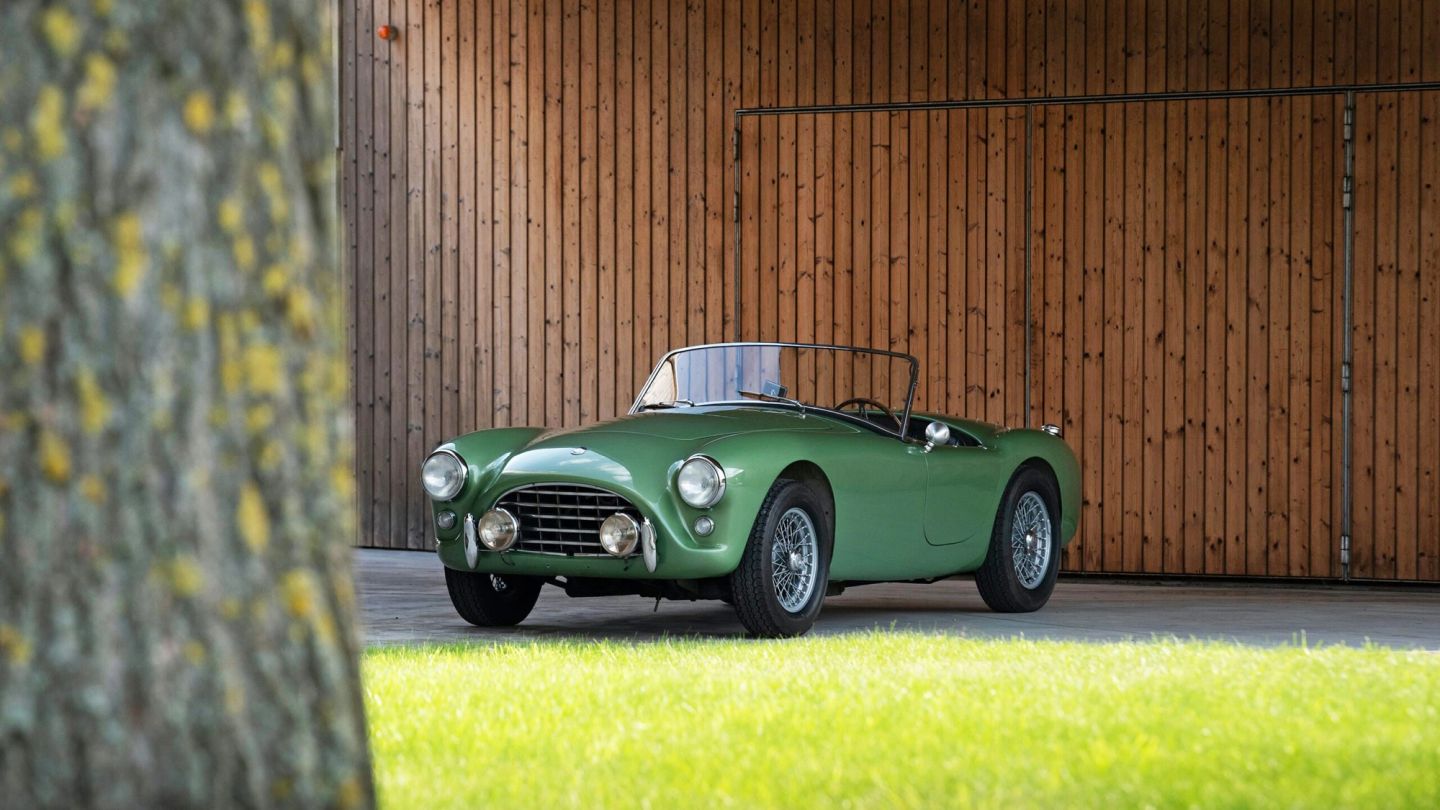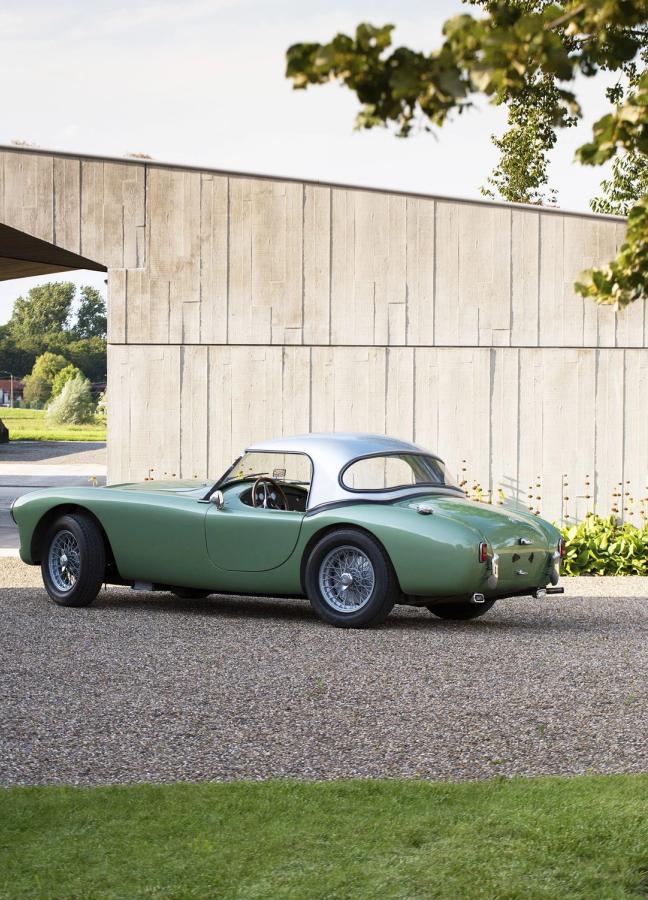

Words: Jonathan Wells
The AC Ace wasn’t the perfect sports car; but it was a bloody good start. Like all the best automotive icons, it wore its prowess humbly on its softly machined panels, burbled happily around with a two-litre straight-six — and happily, quietly built a base of enduring fans and rightfully-deserved respect.
So why don’t most of us remember it? The AC Ace — a car with an origin story that features butchers, Brooklands Circuit and the Ferrari Barchetta — was kindly, unfussy and never had delusions of grandeur. But perhaps that was its problem; not being bolshy or bombastic enough to stand the test of time. And that’s a crying shame, because this elegant little roadster is one of the best British classic cars of the past 100 years.

And its story began with the 20th century. In 1901, two Johns — Weller and Portwine — set up an engineering and repair company in London’s West Norwood. Portwine, a local butcher, persuaded Weller to create a compact commercial delivery vehicle so he could take his trade to the streets. The resulting invention, with three wheels and a large cargo box, was a hit. The pair sold machines to Selfridges, Goodyear Tyres and the Great Western Railway — and dubbed the vehicle ‘AutoCarrier’.
By 1911, ‘AutoCarrier’ had been abbreviated to ‘AC’, and the brand had moved to Thames Ditton — where, in 1913, its first four-wheel car was built. Multiple motorsport titles and two World Wars later (the Home Office tasked AC with creating light armoured vehicles for the war effort) and the brand fortuitously crossed paths with a motor car enthusiast named John Tojeiro.
Tojeiro had moved to England in 1924, and trained as a chassis engineer. After clapping eyes on the 166 MM Barchetta Ferrari (built for the Italian brand by Carrozzeria coachbuilders), Tojeiro decided to capture a similar spirit — and designed his ‘Cooper-MG’ sports car in 1952. AC soon saw Tojeiro’s design — and knew they had to have it.
An agreement was struck and, by 1953, the first, freshly-named ‘AC Ace’ rolled onto the road. With its light, ladder-type tubular frame, leaf-spring suspension and and AC’s own 2-litre overhead-cam straight-six, it was a nifty, nippy new addition to the sports car scene.

It wasn’t the fastest car around — but could still top 100mph. And those looks! The AC Ace was the early 1950s’ head-turner-in-chief, with an open two-seater alloy body created using traditional English wheeling machines. It had endearingly buggy eyes, a long, rolling bonnet and intricate 48-spoke wheels.
And these striking looks would barely change over the coming decade. The AC ‘Aceca’ hardtop coupé launched in 1954, but the car otherwise remained aesthetically the same during its decade of production. Under the bonnet, however, things did change. The first engineering upgrade came in 1956, when a Bristol Cars engine was made available. With three downdraught carburettors and a slick four-speed gearbox, the car’s 0-60mph time suddenly dropped below 10 seconds for the first time ever.
But, just as things began to gather momentum for the AC Ace, they started to slow down. In 1961, a final mechanical upgrade saw the Ford Zephyr’s 2.6-litre engine boost the car’s performance — but only 37 of these punchier models were ever built. Because, in the same year, Carroll Shelby and the might of Shelby American Inc. discovered AC and steered it in an entirely different direction.
Shelby wrote a letter to the British brand, asking if it would build a car to accommodate a V8 engine. And the rest is reworked, roaring history. The first prototype created in collaboration with Shelby retained the ‘Ace’ name — but, from there on out, it was rebranded the ‘AC Cobra’.
And, despite everything the ‘Cobra’ did for motorsport — becoming the first car to ‘draw blood’ in the fierce Cobra-Ferrari wars of the 1960s — there’s a part of us that wishes the ‘Ace’ had never trundled onto Shelby’s radar. Because the original, with its simple straight-six, charming looks and that low-slung style, is one of the best British cars ever made.
Want more automotive icons? Here are the best affordable classic cars to invest in this year…
Become a Gentleman’s Journal member. Find out more here.


